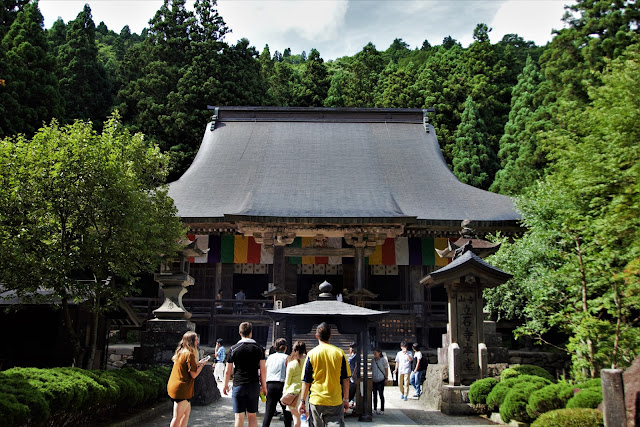Princess Orihime, the daughter of the sky king, wove beautiful
clothes by the banks of a heavenly river we know as the Milky Way. She enjoyed
making clothes, but she was lonely and she worked so tirelessly that she was
worried she wouldn’t ever fall in love. Concerned for Orihime, the sky king
arranged for her to meet a boy named Hikoboshi who lived across the Milky Way.
The two instantly fell in love and were soon married. However, the sky king
found that Orihime no longer had time to weave clothes for him anymore and
Hikoboshi let his cows wander aimlessly all over the sky. In anger, the sky
king banished Hikoboshi back to the other side of the Milky Way and forbade
them to meet. Orihime grew despondent and begged her father to let them see
each other again. He was still angry, but he couldn’t deny his daughter this wish,
so he allowed them to meet for just one day per year on the 7th day
of the 7th month.
Princess Orihime and Hikoboshi are represented by the stars Vega
and Altair respectively, and their paths meet across the Milky Way once a year.
To celebrate this meeting people celebrate Tanabata, which means “Evening of
the seventh”, by making huge, colourful, washi paper decorations and hanging
them from bamboo poles in the street.



















































































